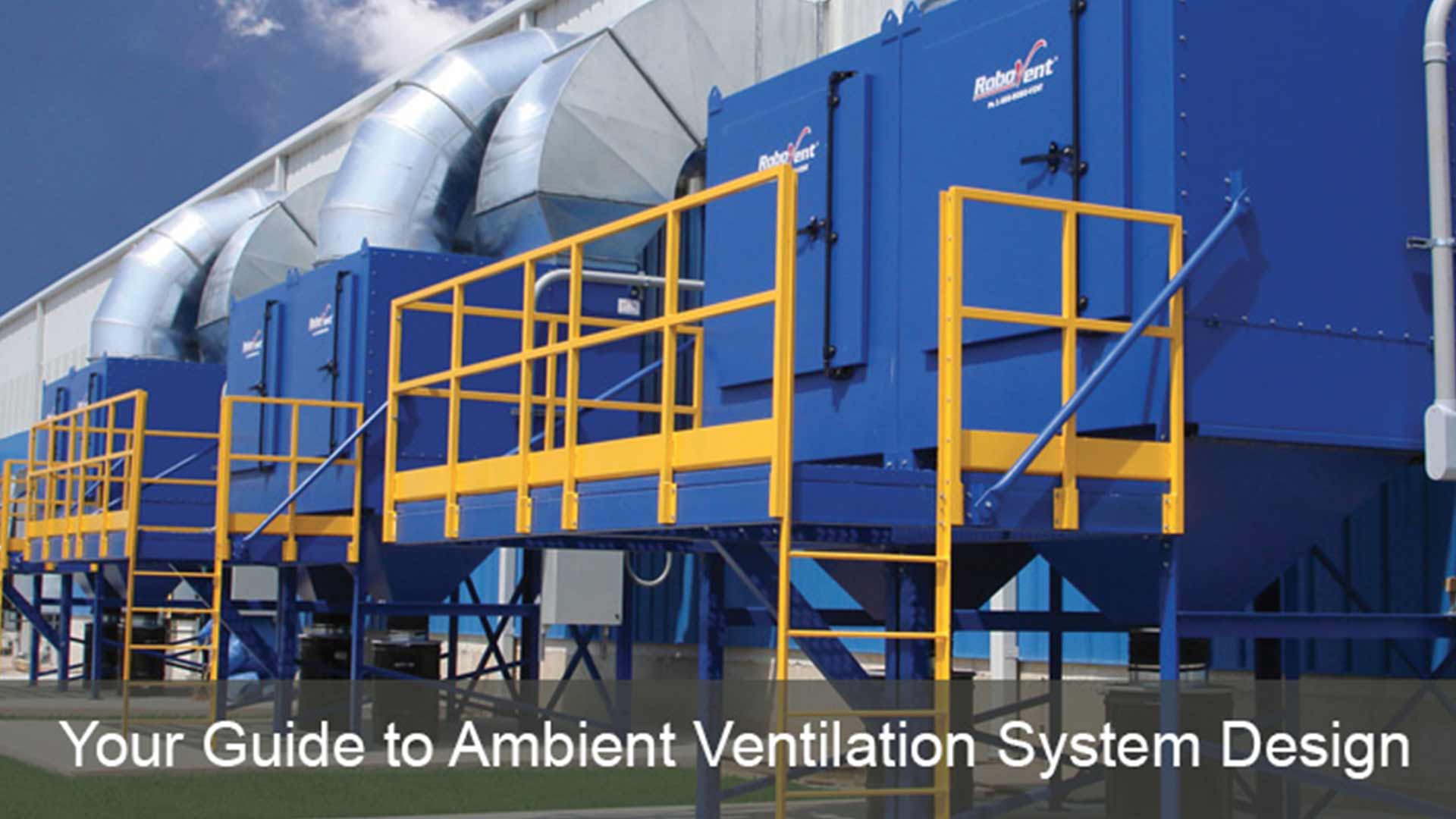7-Step Guide to Ambient Ventilation System Design
You've determined that an ambient system is the right type of weld fume ventilation for you. Now for the real challenge. Whole-plant ambient ventilation system design can be one of the most difficult tasks for manufacturing plant managers given the amount of variables to take into account.
From the number of active weld stations to the available floor space, a number of factors must be considered to determine the appropriate solution. To make sure you'll be 100 percent satisfied with the performance of your next ambient ventilation system, follow this 7 step process.
Step One: Understand the Current State
Arguably the most important of all 7 steps, it is absolutely crucial to test the current air quality and understand the existing processes in place. From the number and productivity of welders present to service condition of the substrate being welded, quantifying the potential challenges while gathering accurate data will ensure an efficient design process.
Step Two: Define the Objectives
Set a reasonable air quality target based on your industry and processes. Unsure of what's reasonable? This blog post on the importance of measuring indoor air quality can help – there are real-life examples of a variety of reasonable air quality targets.
Step Three: Decide on System Type
Which system is right for you: ducted or ductless? Industrial ventilation systems can be large, and, many times, available floor space can be scarce. Additionally, ducted systems typically route pipe near the roof of the facility, which isn't an option if overhead machinery is used. The alternative to ducted systems are ductless, which, more often than not, are more space- and cost-effective than their ducted counterparts. Ducted systems also require more horsepower to draw air through their pipes; these extra resources could be better applied to dust collection and filter replacement.
Step Four: Calculate Necessary Airflow to Meet Objectives
Use an ambient calculator to determine accurate system and budget requirements. These calculators take all known variables into account to and provides an accurate air quality expectation. With this information at hand, you can adjust the air flow to achieve your identified air quality target. RoboVent offers a highly refined ambient calculator. Contact us for details.
Step Five: Reconfirm Objectives and Budgets
Now that your target air quality has been modeled, does your budget still align with your expectations? It may be necessary to take a phased approach to reaching your ultimate air quality goals due to budget restrictions.
Step Six: Simulate Airflow Patterns to Maximize Performance
With your system identified and target agreed upon, it's important to firm up any assumptions through advanced simulations. This virtual installation provides computer-modeled results taking into account all of the information gained from steps one through five. Services like VentMapping provide a visual representation of complex data illustrating expected air quality results throughout a 3D rendering of your facility.
Step Seven: Implementation, Testing and Validation
It's finally time to install your ambient ventilation system, but the process isn't complete yet. The seventh and final step to designing a high-functioning solution is to validate the actual results against the projections to ensure proposed targets are met and determine if adjustments might be necessary.
Additional Resources
This information was first shared in the RoboVent webinar Facility-Wide Weld Fume Ventilation. The complete webinar is available here.
To learn more about weld fumes, how they affect your IAQ and what you can do about them, make sure to watch RoboVent's 5-part webinar series on the subject available at robovent.com/category/webinars/.
Contact Us With Your Questions!
SUBSCRIBE TO
BLOG UPDATES









